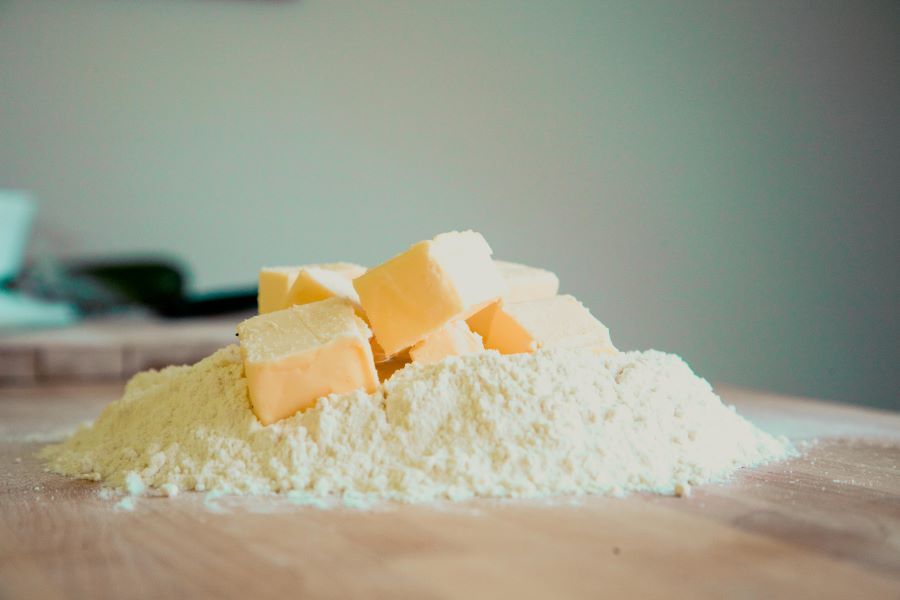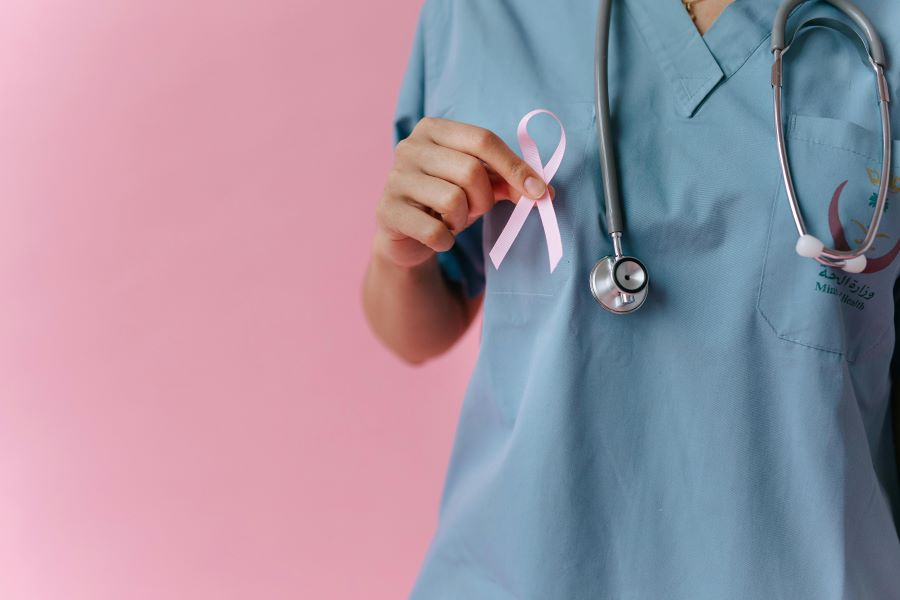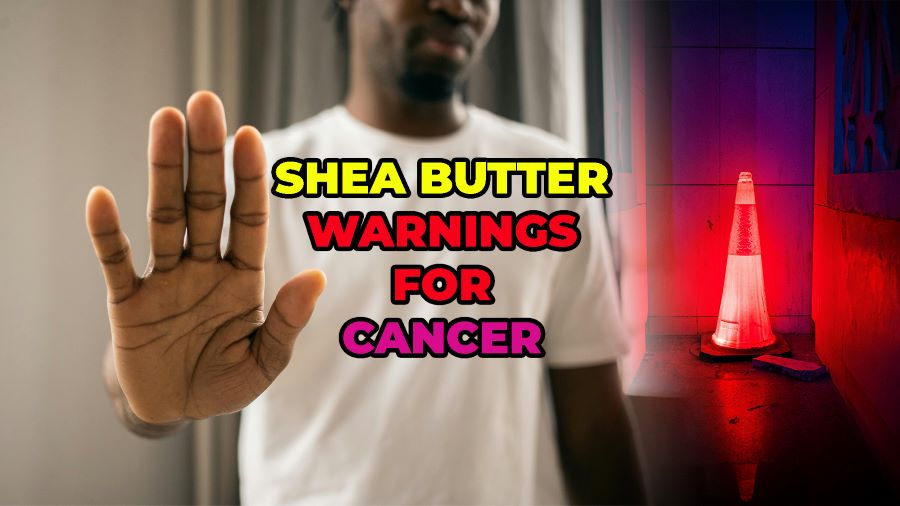Shea butter is in everything these days—from lip balm to body lotion and even hair creams. It feels smooth, smells mild, and works like magic on dry skin. But some folks have started asking a serious question: “Is shea butter safe? Could it possibly be linked to cancer?” That’s where the shea butter warnings cancer conversation began.
These concerns didn’t pop out of thin air. Some people noticed reports online or on social media talking about shea butter and toxic chemicals. Others worry because they heard something about cancer symptoms, cancer stages, or even cancer awareness connected to skin products in general. It can feel scary, especially if you use shea butter every day.
This article clears the air using real facts, simple terms, and honest thoughts. It’s meant for anyone who’s ever rubbed on shea butter and then later wondered, “Wait… is this really safe?” The goal is to help you understand where the warning comes from, what it actually means, and how to stay safe without freaking out.
Let’s look at the science, the stories, and the stuff that gets people worried—without jumping to wild conclusions.
Is Shea Butter Linked To Cancer? The Real Facts Behind The Warnings
So where did this shea butter warnings cancer issue even begin? It mostly started when people learned that some beauty products can have harmful stuff in them—like parabens, formaldehyde, or lead. That got folks checking labels and ingredients more closely. Shea butter, thankfully, is usually natural. But the big concern? Contamination.

Shea butter comes from nuts of the African shea tree. When it’s pure and unrefined, it’s safe and clean. But once companies process it, there’s a chance for harmful chemicals to sneak in. That’s what triggers cancer warnings—not the shea butter itself, but what’s added during production.
Some also wonder if shea butter could affect cancer treatment or cause skin changes like cancerous moles. The truth? There’s no proven link between natural shea butter and cancer. But it’s still smart to buy it from trusted sellers who offer lab-tested, clean products.
As more people become aware of cancer awareness symbols like the cancer ribbon, questions like these become part of the bigger health conversation. It’s good to ask. Just don’t let fear replace facts.
The Horoscope Confusion: Shea Butter, Zodiac Signs, And Online Buzz
Believe it or not, the phrase shea butter warnings cancer horoscope pops up in search engines a lot. Some people actually mix up the word “cancer”—the disease—with Cancer, the zodiac sign. It’s easy to see why that can happen. You’re looking up health info, and suddenly horoscopes show up. Confusing, right?
To clear things up: the Cancer star sign has nothing to do with cancer disease. Cancer in astrology is about emotions, intuition, and a deep love for comfort—kind of like the cozy feel of shea butter. That might be why some social posts link the two together, even though they mean totally different things.
For example, someone might write: “Shea butter is perfect for Cancer signs—soft, nurturing, calming.” That’s cute, but it’s not a medical warning. Don’t mix zodiac advice with skin safety. When we say shea butter warnings cancer, we’re talking about possible chemical risks—not astrology.
So if you saw a headline mixing shea butter, Cancer compatibility, and health issues, now you know why. It’s mostly internet confusion—not a reason to panic.
Can Shea Butter Cause Skin Reactions or Cancerous Moles?
This is one of the biggest fears people have. They notice a new mole or a change in their skin and wonder, “Was it the shea butter?” It’s a valid question. But so far, there’s no scientific proof that shea butter causes cancerous moles. Still, skin changes should always be taken seriously.
Cancerous moles usually come from things like sun damage, genetics, or immune system problems. Shea butter? Not likely. But if you’re using a product with extra fragrances or preservatives, those additives could irritate your skin. In rare cases, some people might have allergic reactions, which look like rashes or bumps.
If you do notice a strange mole or new skin mark, it’s smart to see a dermatologist. Don’t guess. Don’t Google your way through it. A professional can tell if it’s serious or not. Cancer symptoms are nothing to brush off, but that doesn’t mean every rash or mole is a red flag either.
Bottom line? Pure shea butter is unlikely to cause mole changes, but stay alert. Your skin always deserves close attention.
What To Look For When Buying Safe Shea Butter Products
If you’re buying shea butter, read that label like you’re reading a food ingredient list. You want it to say things like “unrefined,” “raw,” or “organic.” That means it hasn’t been mixed with weird stuff that could be risky.
Avoid products that list long chemical names you can’t pronounce. Some might contain parabens or petroleum-based preservatives. These have been looked at for possible cancer risks in other products, though there’s still debate in the medical field.
Also, think about where it comes from. Brands that work with African cooperatives often sell cleaner, more natural shea butter. Look for certifications or third-party lab results if you’re unsure.
People concerned about cancer treatment side effects may want to ask their doctor before trying any new lotion, just to be safe. This is especially true if you’re in certain cancer stages where your skin might be extra sensitive.
Remember, clean products make a difference. Your skin absorbs more than you think. It’s worth spending a few extra bucks for the good stuff.
The Role Of Cancer Awareness And Personal Safety
More people are paying attention to cancer awareness these days. From pink ribbons to awareness walks, there’s growing talk about what causes cancer and how to prevent it. That’s part of why things like shea butter warnings cancer show up online.

We all want to protect ourselves and our families. So it makes sense to ask questions about what we put on our skin. Still, it’s important not to fall into fear traps. Social media can make things sound scarier than they are.
Pay attention to your body. If something doesn’t feel right, speak up. If a product stings or changes your skin, stop using it. And when in doubt? Ask a doctor. Health decisions shouldn’t be based on rumors or half-baked TikToks.
Awareness is good. Panic isn’t. Let’s stay informed, stay calm, and stay curious.
Hidden Concerns Behind Shea Butter Warnings Cancer
When it comes to natural skincare, many people turn to shea butter thinking it’s always safe. But the phrase shea butter warnings cancer has started showing up in search bars, raising eyebrows. It’s not that shea butter causes cancer directly, but concerns arise from how it’s processed or stored. If it’s exposed to contaminants or mixed with harmful chemicals during manufacturing, the final product might pose health risks. These potential risks have made some cautious, especially those dealing with sensitive skin or long-term use. As with any product, it’s wise to know where it comes from and how it’s made.
How Shea Butter Warnings Cancer Relate to Skin Changes
Some users have reported skin reactions after using certain shea butter products, which sparks the topic shea butter warnings cancer again. Skin is our body’s largest organ, and it’s quick to react to irritants or toxins. While pure, raw shea butter is typically gentle, refined versions might contain additives or impurities. In rare cases, people might notice odd moles or changes in pigmentation—signs they shouldn’t ignore. Although these changes aren’t directly caused by shea butter, the warnings urge users to monitor skin health. This is especially important if you’re already managing skin conditions or are prone to allergic reactions.
Shea Butter Warnings Cancer and Ingredient Transparency
Transparency in product labels has become a growing concern, especially linked to shea butter warnings cancer. Many popular skincare brands include shea butter in their ingredients, but few disclose whether it’s unrefined, cold-pressed, or chemically altered. That gap in information makes it hard for buyers to know what they’re putting on their skin. If the shea butter is contaminated or blended with carcinogenic compounds, even unintentionally, there’s a potential risk. This has pushed people to look for organic certifications and third-party lab test results. Knowing what’s inside helps avoid long-term exposure to harmful agents and aligns with the increasing demand for safe, clean skincare.

FAQ’s
1. Can shea butter cause cancer?
There is no proven link between pure shea butter and cancer. Concerns mostly come from processed products with added chemicals.
2. Are there cancer-causing chemicals in shea butter?
Not in raw shea butter. But some refined versions may include preservatives or additives that raise questions.
3. What are the signs of cancerous moles?
Watch for changes in size, color, shape, or new bleeding. If unsure, see a dermatologist.
4. Is it safe to use shea butter during cancer treatment?
Talk to your doctor. If your skin is sensitive from treatment, stick to pure, chemical-free products.
5. What does “shea butter warnings cancer horoscope” mean?
It’s mostly a mix-up of zodiac sign “Cancer” and the disease. Astrology has no link to actual cancer risks from shea butter.
Final Thoughts
It’s okay to ask tough questions about the stuff we put on our skin. The shea butter warnings cancer talk shows how much people care about their health. But here’s the thing—we need to balance concern with common sense.
Pure shea butter is still considered safe by experts. The real risk lies in how it’s processed or what else is mixed in. Reading labels, checking sources, and listening to your body will always be the smartest path.
You deserve to feel good about what you use every day. So stay informed, stay safe, and don’t let fear guide your choices. Healthy living is about awareness, not worry.

